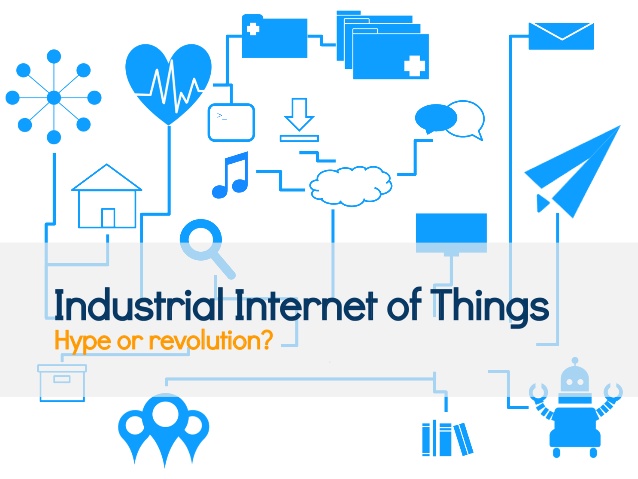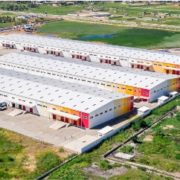The manufacturing sector is set to evolve thanks to the rise of the Industrial Internet of Things (IIoT). Specifically focused on industries with machinery and production processes, Jeremy Potgieter, Eseye, SADC regional head, says IIoT will significantly enhance manufacturing: “by enabling the acquisition and accessibility of far greater amounts of data, at far greater speeds, and far more efficiently than before, IIoT, will bring immense benefit to an industry that needs to find better ways to streamline processes and the use of data.”
Eseye is a leading global provider of M2M cellular connectivity for the Internet of Things (IoT). The company specialises in simplifying complex global device deployments for enterprises seeking to realise the efficiency driving, data-enhancing and product-innovating opportunities of over-the-air IoT. With over 800 customers, Eseye delivers highly secure and resilient cellular data services through its revolutionary AnyNet Secure™ Subscriber Identity Module (SIM). The SIM offers a seamless data feed onto the AWS Cloud and provides unique zero-touch, device provisioning and certification, and true freedom to roam in more than 190 countries.
“IIoT is part of a larger concept of the Internet of Things (IoT) and will greatly improve connectivity, efficiency, scalability, time savings, and cost savings for industrial organisations”
Potgieter says that IIoT is part of a larger concept of the Internet of Things (IoT) and will greatly improve connectivity, efficiency, scalability, time savings, and cost savings for industrial organisations: “Companies are already benefitting through cost savings due to predictive maintenance, improved safety, and other operational efficiencies. IIoT networks of intelligent devices will also enable industrial organisations to break open data silos and connect people, data, and processes from the factory floor to the executive offices. Business leaders can use this IIoT data to get a full and accurate view of how their enterprise is doing, which will naturally improve decision-making.”
Industries ahead of the curve, which have already embraced IIoT, include supply chain management as well as various manufacturing entities. “More CIOs are including an IoT component in their strategies, so we can expect a higher uptake across all verticals, albeit at a marginal introductory level,” says Potgieter.
He says that there are challenges when implementing IIoT and that interoperability and security are probably the two biggest ones: “A major concern surrounding the Industrial IoT is interoperability between devices and machines that use different protocols and have different architectures.”
In terms of security, Potgieter says that companies need to know that their data is secure: “The proliferation of sensors and other smart connected devices has resulted in several security vulnerabilities. Mitigation of this lies in the planning phase. Companies need to understand the objective of their IIOT journey and which systems and processes it will impact. This approach ensures that a secure layer is placed on the connectivity component, enforcing that devices are secured pre–implementation, making security part of the solution.”
The Eseye Anynet Secure connectivity solution, as an example, addresses just this. In partnership with AWS, Eseye has streamlined the connectivity security aspect by encrypting hardware at the source with authentication certificates and keys, which are synchronised at startup to the AWS cloud environment.
Potgieter says that designing the correct connectivity solution for an industrial client requires a detailed insight into the expected outcomes of the IIoT solution and the client’s information technology environment: “This enables the correct level, quality and price of connectivity to be determined to suit the backend systems and analytics platforms.”
Eseye has provided its IIoT connectivity services in Africa for many years, and its local presence has seen it gain new business in markets it traditionally serves, including fleet management, cross-border logistics, cold-chain logistics and asset monitoring and management.































